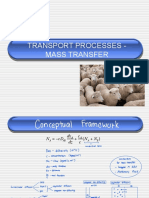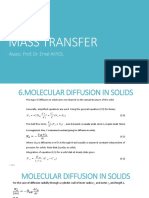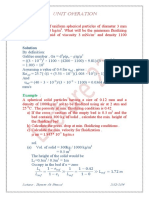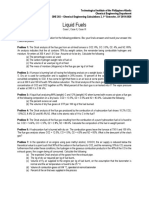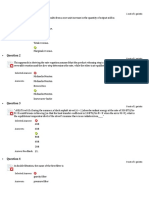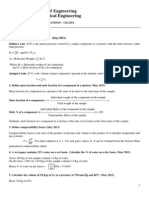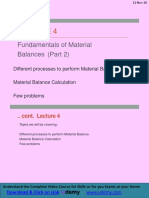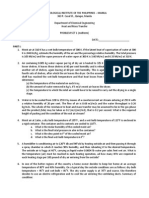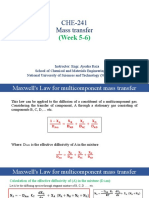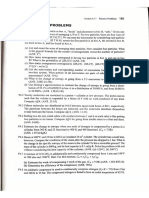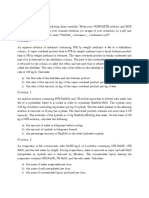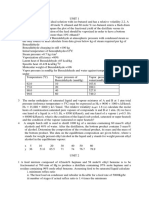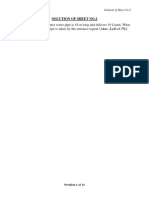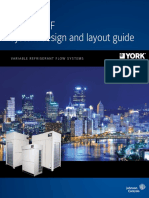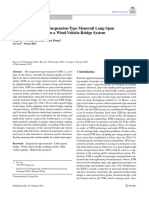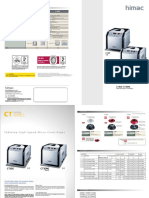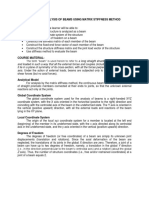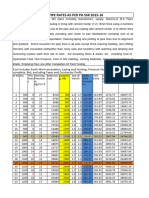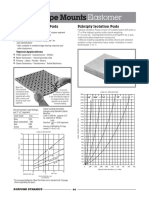0% found this document useful (0 votes)
590 views19 pagesChapter 2 (Lecture 2)
1) This document discusses diffusion through areas of varying and non-uniform cross-section, providing equations to calculate diffusion rates.
2) It provides an example of naphthalene evaporating from a sphere and calculates the rate of evaporation.
3) Methods for estimating diffusion coefficients between gas pairs are described, including the Fuller method using molecular weights and structural volumes.
Uploaded by
HoodCopyright
© © All Rights Reserved
We take content rights seriously. If you suspect this is your content, claim it here.
Available Formats
Download as PDF, TXT or read online on Scribd
0% found this document useful (0 votes)
590 views19 pagesChapter 2 (Lecture 2)
1) This document discusses diffusion through areas of varying and non-uniform cross-section, providing equations to calculate diffusion rates.
2) It provides an example of naphthalene evaporating from a sphere and calculates the rate of evaporation.
3) Methods for estimating diffusion coefficients between gas pairs are described, including the Fuller method using molecular weights and structural volumes.
Uploaded by
HoodCopyright
© © All Rights Reserved
We take content rights seriously. If you suspect this is your content, claim it here.
Available Formats
Download as PDF, TXT or read online on Scribd
/ 19
